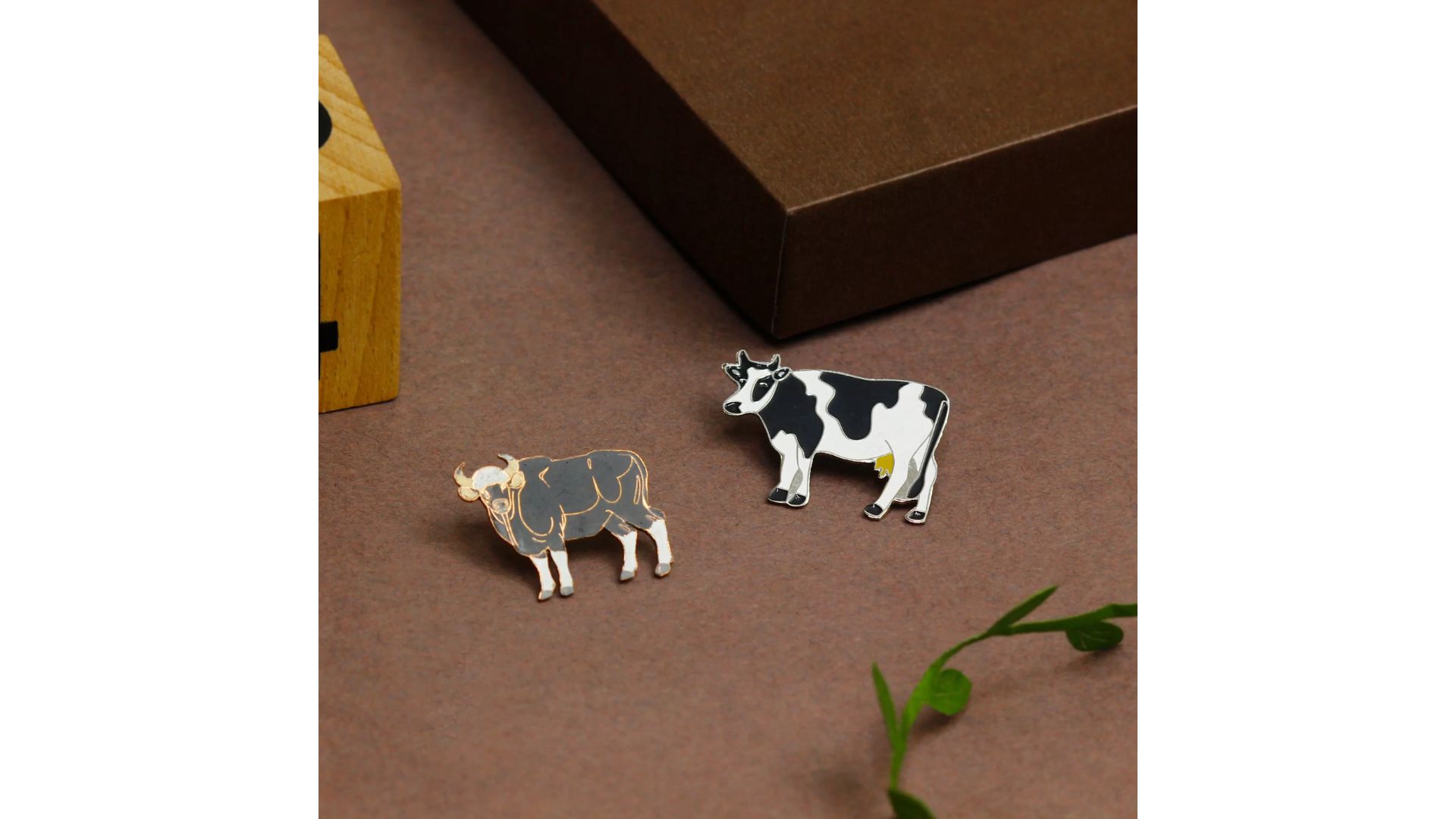
Acrylic paint is one of the most versatile mediums available to artists, offering endless possibilities for creativity. Whether you’re working on a canvas, a piece of wood, or even a craft project, acrylics can be used to achieve a wide range of effects and finishes. This article will explore some innovative techniques to help you get the most out of your acrylic paint, whether you’re a seasoned artist or a beginner.
Blending Colors for Smooth Transitions
Acrylic paint dries quickly, which can make blending a challenge, but with the right technique, it’s easy to create smooth transitions between colors. Artists can merge colors directly on the canvas using a wet-on-wet blending technique. Start by applying a base color and then add a second color while it’s still wet. Use a soft brush or a sponge to gently blend the colors together to create gradients or smooth transitions.
Dry Brushing for Texture
Dry brushing is a fantastic technique for adding texture and depth to your artwork. To dry brush, dip your brush into a small amount of paint, then wipe most of it off onto a paper towel or cloth, leaving just a thin layer of paint on the bristles. Lightly drag the brush across the surface, allowing the material’s texture to show through. This method works wonderfully on canvas, wood, or even furniture, giving your projects a rustic or weathered look.
Acrylic Pouring: A Modern Abstract Approach
Acrylic pouring is an exciting technique that allows for beautiful abstract art. This method involves mixing acrylic paint with a pouring medium and then letting the paint flow freely across the surface. Artists create mesmerizing patterns, cells, and vibrant color combinations as the paint pours and spreads. This technique can be used on various surfaces, including canvases, tiles, and even coasters. Acrylic pouring is great for those who enjoy experimenting and embracing the unpredictable nature of art.
Stenciling and Masking for Sharp Lines
Using stencils or masking tape with acrylic paint is a simple way to achieve clean, sharp lines or detailed designs. Stenciling allows artists to add intricate patterns or symbols to a surface, while masking tape can help create geometric shapes or block off areas for different colors. For an added effect, you can use a dry brushing technique over stenciled areas to give your design a more textured look or use bold colors for a striking contrast.
Painting on Non-Traditional Surfaces
Acrylic paint isn’t just for canvas—it can be applied to various surfaces, making it perfect for craft projects. You can use acrylics on wood, glass, ceramic, and even fabric. For example, painting on terracotta pots, wine glasses, or wooden signs is a popular craft project. Acrylic paints adhere well to these surfaces and can be sealed with a varnish to protect your artwork. Try personalizing home décor items or creating unique gifts with acrylic paints to add a personal touch.
Using Acrylic Mediums for Special Effects
Acrylic mediums can be mixed with acrylic paint to alter its consistency, texture, and finish. Gloss medium adds a shiny finish to your paint, while matte medium can give your artwork a soft, non-reflective look. Modeling paste creates a thick texture, allowing for 3D effects, while crackle medium can create an antique, weathered look. Experimenting with these mediums opens up even more creative possibilities for your acrylic projects.
Layering for Depth and Dimension
Layering is an essential technique in acrylic painting that helps build depth and dimension. Acrylics dry fast, allowing artists to layer one color over another quickly. Start with a base layer and let it dry before adding additional layers of paint. This technique works well for creating landscapes, portraits, or abstract art. Adding transparent layers can also create glowing effects or highlights that will enrich your artwork.
Conclusion
Acrylic paint offers limitless potential for artistic expression, whether you’re working on a traditional canvas or exploring new craft projects. By experimenting with different techniques like blending, dry brushing, stenciling, and acrylic pouring, you can push the boundaries of your creativity. With the versatility of acrylic paints, your projects can range from fine art to fun and functional crafts. Whether you are creating a stunning canvas painting or decorating everyday items, acrylic paint will provide the vibrant colors and durable finish you need to bring your creative ideas to life.



